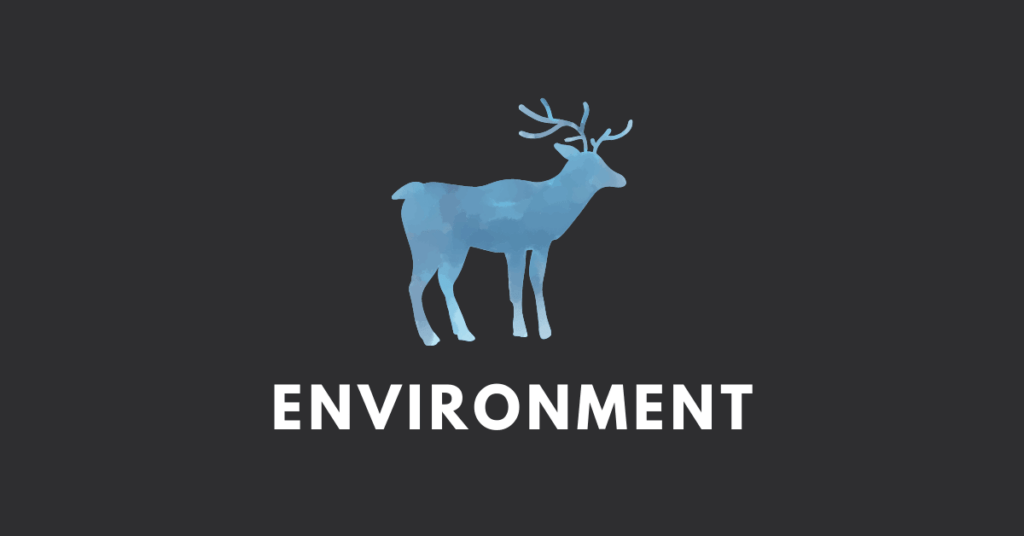Get notes, solutions, questions, answers, summaries, MCQs, PDF and more of all the chapters of NBSE Class 9 Environmental Education for students studying under Nagaland Board. Click on the link mentioned under each chapter to get the answers to that chapter. However, these notes should be used only for references and additions/modifications should be made as per the requirements.
This subject is currently being updated according to the latest syllabus.
Select chapter
| UNIT I: UNDERSTANDING ECOSYSTEM |
| Chapter 1: Ecosystem & its Types |
| Chapter 2: Energy Flow and Its Balance |
| Chapter 3: Destruction of Ecosystem |
| Chapter 4: Impact of Ecosystem Destruction |
| Chapter 5: Conservation of Ecosystem |
| Chapter 6: Environmental Impact Assessment |
| UNIT II: DEPLETION OF RESOURCES |
| Chapter 7: Natural Resources |
| Chapter 8: Causes of Depletion of Resources |
| Chapter 9: Impact of Resource Depletion |
| Chapter 10: Conservation of Resources |
| UNIT III: WASTE GENERATION AND MANAGEMENT |
| Chapter 11: Classification and Sources of Waste |
| Chapter 12: Impact of Waste Accumulation |
| Chapter 13: Waste Management |
| UNIT IV: ENVIRONMENTAL VALUES AND ETHICS |
| Chapter 14: Human Rights, Fundamental Duties & Value Education |
| Chapter 15: Women and Child Welfare |
| Chapter 16: People as Resources |
About NBSE Class 9 Environmental Education textbook
NBSE Class 9 Environmental Education covers key topics about nature, resources, and human responsibilities. It is divided into four units.
The first unit, Understanding Ecosystem, explains ecosystems and their types in Chapter 1. Chapter 2 discusses energy flow and how balance is maintained in nature. Chapter 3 describes how ecosystems are destroyed, followed by Chapter 4, which explains the effects of this destruction. Chapter 5 focuses on ways to protect ecosystems. Chapter 6 introduces Environmental Impact Assessment, a method to study how human activities affect the environment.
The second unit, Depletion of Resources, looks at natural resources in Chapter 7. Chapter 8 discusses the reasons resources are depleting. Chapter 9 highlights the effects of this depletion. Chapter 10 suggests ways to conserve resources for future generations.
The third unit, Waste Generation and Management, focuses on waste. Chapter 11 explains different types of waste and where they come from. Chapter 12 describes how waste accumulation affects the environment and living beings. Chapter 13 discusses methods to manage waste properly.
The fourth unit, Environmental Values and Ethics, covers social responsibilities. Chapter 14 introduces human rights, duties, and the role of education in shaping values. Chapter 15 discusses the welfare of women and children. Chapter 16 explains how people themselves are valuable resources when their skills and knowledge are used effectively.
This subject helps students understand their role in protecting nature. It connects science with daily life, making students aware of how their choices affect the world. By learning about conservation, waste management, and ethical responsibilities, students can contribute to a healthier environment.
Get notes of other classes or subjects
Get notes of other classes and subjects



Why am I not able to avail notes on EE?